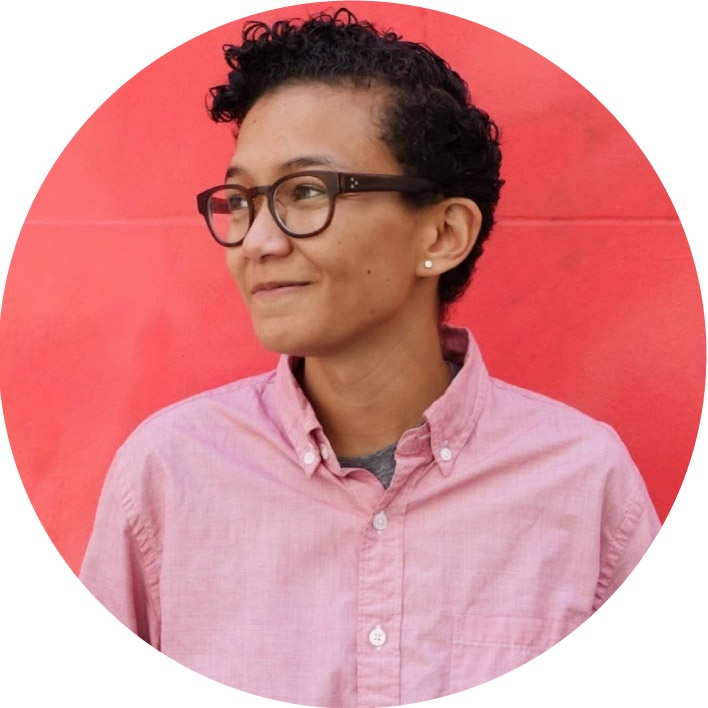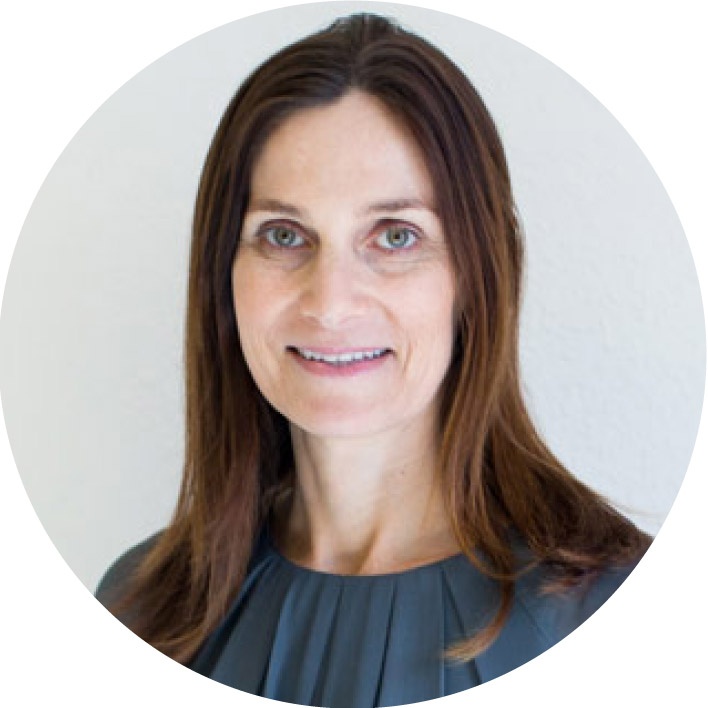What can your startup do to improve diversity in tech?
If you're asking yourself that question - congratulations, you've taken the first step. And if you can build inclusivity into your startup in the early stages, it will be easier to maintain a diverse team as you scale.
To help you make inclusivity and diversity a priority right from the start, I asked experts to share their best tips for building an inclusive startup, and answer this question:
What is your top tip for early-stage startups wanting to make inclusivity a priority?
Read on for awesome insights from nine diversity and inclusivity champions including Courtney Seiter (Buffer), Katie Burke (HubSpot), and Sonja Gittens-Ottley (Asana).
My top tip for early-stage startups wanting to make inclusivity a priority would be to start immediately. It may seem like team makeup and demographics isn't the biggest concern when you're just beginning to build out a team, but this is the best time to embed diversity and inclusion into your culture.
Diversity debt accrues fast and exponentially, and each new hire paints a picture of who is represented – and who isn't – at your company. If I could go back in time and do things differently at Buffer, I would start much earlier.Courtney Seiter, Inclusivity Catalyst, Buffer
You have to start by getting buy-in. If other people around you don't care about D&I or don't know why to care about it, you're going to have a hard time getting them to want to participate.Start by defining what it means to you, to your company, for your people. Use that as your north star.Ciara Trinidad, Head of Diversity & Inclusion, Lever
I think most startups underestimate the degree to which a strong culture early on can create a default setting of sameness, so I think one of the best ways to prioritize inclusivity for early-stage startups is by actively calling out the importance of different ideas and voices in the room, and to make that something you value not just in how you hire, but how you promote and grow your team.
In addition, being mindful of how some of your early "traditions" dictate behavior is critical--are there traditions that are meaningful to people who are parents and don't want to be at the office late every night? Are there meetings where you hear from voices you may not typically hear from? Asking yourself those hard questions early has a huge impact on the long-term success of your company and the mindset your team has around diversity and inclusion.Katie Burke, Chief People Officer, HubSpot
Be intentional and start early.Beth Scheer, Head of Talent, Homebrew
Reinforce that inclusiveness is bigger than diversity. Many companies think that the solution ends with hiring a diverse team but curiosity is a necessary trait for an inclusive culture. For example, when staff have developed awareness of who has spoken and who hasn't, they naturally, actively inquire "what do you think?" of someone who hasn't spoken in a meeting. This helps ensure that everyone's insights are heard regardless of race, gender or personality, not just the most outspoken or culturally dominant team members.
Deepa Subramanian, CEO, Wootric
Keith Pescosolido, Director of Recruiting, DriftFocus on diversity and inclusion from the beginning, because it’ll just become 10x more difficult later on.
Our founders, David Cancel and Elias Torres made Diversity and Inclusion a core value and priority from day 1 – we want to create a culture of accepting others’ differences. We’ve made that very transparent to hold ourselves accountable here at Drift – for example by sharing our Drift Diversity Report in November 2016.
Diversity and Inclusion starts with hiring, which is a team effort. Focusing on targeted searches for hiring allows for a more diverse pool of candidates, rather than posting a job description and accepting the candidates that apply.
I think as soon as you get funding and you're getting ready to make your first few hires, you need to avoid making the mistake of just hiring your friends. This is tempting because you're insanely overworked and you want to take a shortcut by hiring people you know and trust. I get it. The flaw in this plan is that you will likely end up hiring people who look just like you.
We also need to recognize that it definitely takes more work to create an inclusive team, you have to push past your comfort zone and interview people who aren't your buddies from college, you have to get lunch and have conversation with someone who might speak English as their second language, you have to think hard about if your perks or company outings are alienating to women, people who don't drink, or working parents. You'll have to take swift and strong action when there are instances of racism, sexism, or bullying. You'll have to do this work upfront and it won't always be easy, but in the end you're more likely to be rewarded with a successful product and functioning team that's built to last.Allison Esposito, Founder, Tech Ladies
Tia Fomenoff, Director of People and Culture, ThinkificI believe that one of the most effective ways to make inclusivity a priority is to have it ingrained in your company culture as early as possible. At Thinkific, Strive for equality is one of our core values. The reminder is displayed on our office walls for all to see, in multiple locations!
Whenever we're hosting events, carrying out recruitment efforts, or even building marketing campaigns, we make an effort to be thoughtful and accepting of everyone, regardless of ethnicity, gender, age, nationality, disability, sexual orientation, education, or religion. We recognize that our customers and teammates come from all different places and backgrounds, and we try our best to make them all feel equally important—because they are!
Though you may be tempted to do everything all at once, you should prioritize the efforts that will have the biggest impact. An early stage company may want to establish the foundational processes that ensure recruitment is unbiased and fair or introduce programs and policies that support an inclusive culture. For example, when I first joined Asana, we prioritized creating a culture and environment that were ready for the changes our D&I work would lead to.
Sonja Gittens Ottley, Head of Diversity and Inclusion, Asana
Read more of Sonja's tips for diversity and inclusion planning at Wavelength.
Key Takeaways
It's clear that there are two common threads running through these answers, that you can directly apply to your startup:
- Start early. If it seems way too early to even start thinking about diversity, don't worry. Earlier is better, in terms of championing inclusion.
- Be deliberate. Building an inclusive and diverse team will take work, but it will be worth it.
Editor's Note
Is your startup working hard to promote diversity, but not featured here? I'll be very happy to update this post periodically to include even more awesome advice. Please feel free to connect with me on Twitter or LinkedIn, or send me an email.












